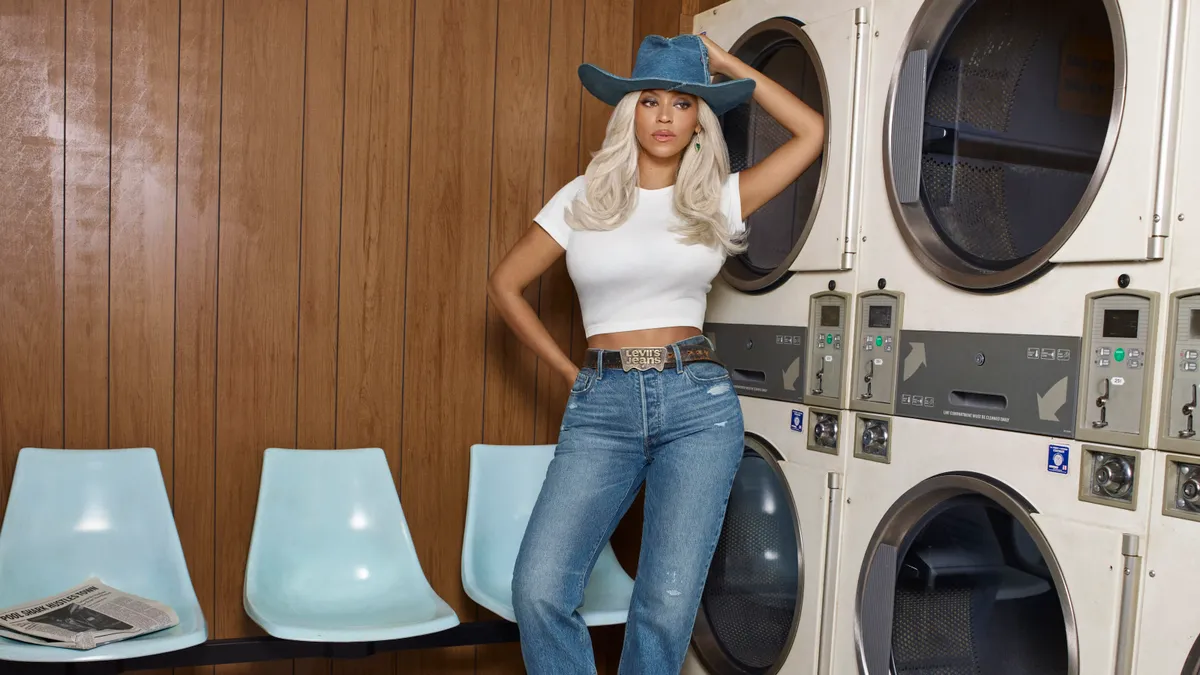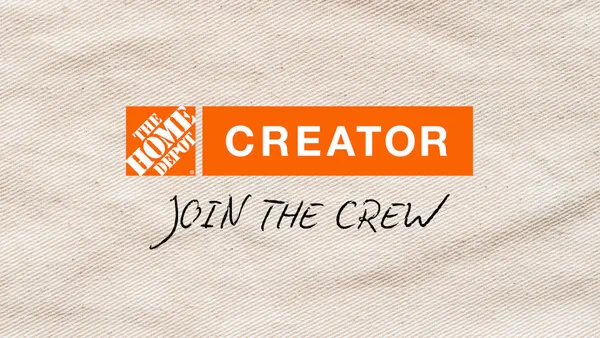Dive Brief:
- Snapchat and Facebook are helping to drive growth in the adoption of augmented reality (AR) features among smartphone applications, according to eMarketer. AR usage is estimated to grow 30% this year to 40 million people in the U.S. and reach 54.4 million people by 2019, the research group said.
- Snapchat Lenses and Facebook Stories, which have AR features that overlay digital images on the real world using a mobile device, will be the most common way for consumers to use the technology, per eMarketer.
- Virtual reality (VR), which often requires a pricey headset to show immersive landscapes, will be slower to catch on, the study shows. A mere 2.9% of the U.S. population will use a VR headset at least monthly this year. That number is forecast to grow to 5.2% by 2019 with significant adoption among video game fans, however. Facebook and YouTube will help to drive smartphone viewership of 360-degree videos, which eMarketer classifies as a form of VR.
Dive Insight:
The latest eMarketer research reinforces that most marketers are probably better off focusing on developing AR apps to interact with customers rather than VR videos — at least for the next few years. With smartphone usage reaching a saturation point, it’s easy to see how AR has a readymade market for rapid adoption. Meanwhile, VR requires additional specialized equipment, such as an Oculus Rift headset, which has a list price of $500 on Amazon.
AR adoption is also expected to get a boost from Apple's iPhone 8, which is due to be released in September. The smartphone is expected to have AR technology built into its operating system, making it easier for developers to expand on the technology's capabilities, according to CNBC.
While Snapchat and Facebook are helping to get advertisers on board with AR, the technology is still in a nascent stage. AR has many more promising applications for brand marketers, which can place virtual promotions inside stores that can only be seen with a mobile app, for example. Clothing retailers could use AR to let people try on virtual versions of clothes to save time spent in changing rooms.












